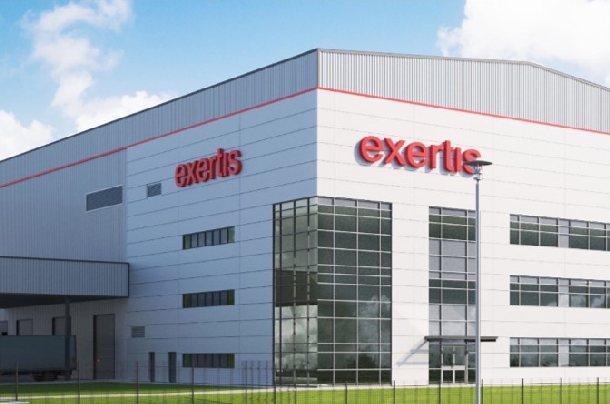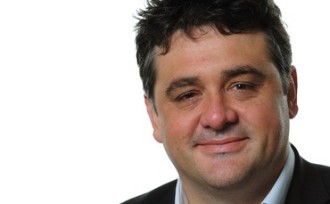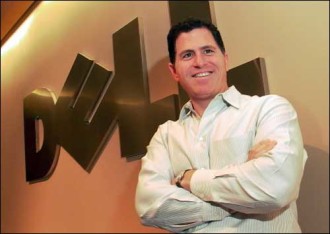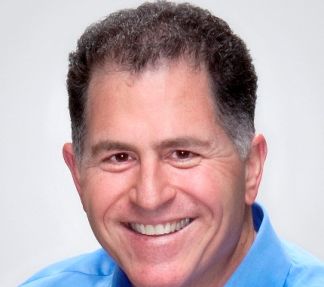 Exertis managed to draw 1,000 people to its first Plug into Exertis event in West London.
Exertis managed to draw 1,000 people to its first Plug into Exertis event in West London.
Paul Bryan, managing director of, IT and mobile, told the assorted throngs that it was a tough market and a market that is consolidating. Customers are worried that their partners will shut and that is why it is important that Exertis had DCC behind it to provide it with cash.
He told the assorted throngs that it was challenging market and the industry was having to deal with Brexit, price inflation and the uncertainty of an election which also adds to the uncertainty.
Exertis was growing, operating with more than 2,000 staff and £2.5 billion turnover, developing and looking for ways to expand its footprint, both geographically and from a technology point of view, he said.
“With our organic growth, we are constantly setting up new divisions and bringing in new expertise, new product sets and we are very acquisitive. We brought three business in the UK last year. Geographic expansion, it’s not just UK and Ireland and across Europe but who’s to say those ambitions are not global,” he added.
Exertis bought AV player Medium, storage and server outfit Hammer and Siracom for wireless.
In the consumer the Smart home is a really interesting, he said.
“It is up year-on-year with some big brands coming through. We are very focused on making sure we are bringing on the right brands and making them available to retailers.”
Exertis’ business division found that Medium had helped it get more of a footprint in whiteboards, large format displays and it had kept its print revenues going.
The Hammer acquisition wrapped up in November has already had an impact in the enterprise operation thanks to the firm’s knowledge of storage and servers.
Bryan said that there had also been an increase in security sales as customers moved to make sure they were compliant and able to deal with the latest threats.
The distributor is also going to be banging the drum more over the services it provides resellers with support available across its technology portfolio. Earlier this month the firm revealed plans to double the amount of credit available to SME resellers as another demonstration of its commitment to support the channel.



















